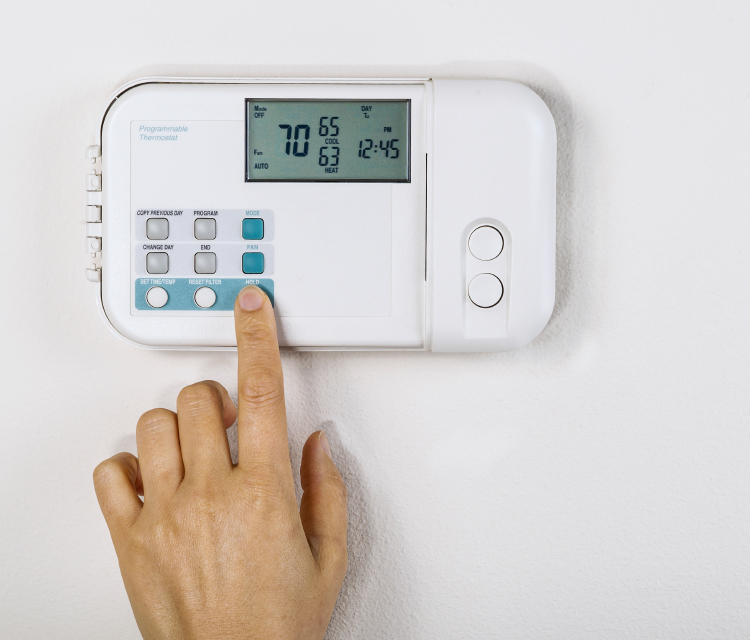
Programmable thermostats do have the potential to save the homeowner money, but they can also cost more. The secret to success is the way in which you use them. Whether you are installing one in your own home or in a home for your customer, it’s imperative that you educate users so that they are able to effectively save energy (and money) by correctly using a programmable thermostat.
According to Energy Star, about 45% of a home’s energy is utilized for heating and cooling (that averages about $2,100-$2,500 annually). Unfortunately, a large portion of that goes to heating or cooling unoccupied spaces. You also don’t need to heat or cool your home as much when you are sleeping. For every 1 degree Fahrenheit you turn your thermostat down, you will use 1% less energy. That means if you reduce your heating by 10 degrees at night, you will use 10% less energy. The savings are larger the bigger the difference between inside and outside temperatures.
The idea of the programmable thermostat is that you will reduce energy usage when you are away at work or when you are sleeping. When used correctly, programmable thermostats are touted as saving the homeowner 10-30% on their heating and cooling bills. However, these figures are difficult to achieve.
From the EPA: “Consumers are often advised that installing a programmable thermostat can save them anywhere from 10 to 30% on the space heating and cooling portion of their energy bills. While reliant on proper use of the programmable thermostat, such savings are easily true in theory; however, there needs to be more field-tested data to better substantiate savings claims. Analyses from recent field studies have suggested that programmable thermostats may be achieving considerably lower savings than their estimated potential.”
Some studies show that programmable thermostats actually save between 6.2 and 6.8% while a Florida study showed that people who had programmable thermostats used an average of 12% more energy. The reason few programmable thermostats save money is because while occupants do use less energy when they are away or sleeping, they tend to use more when they are at home.
The defining elements of success seem to be attitude and consistency. The occupants must be determined to save energy even when they are home and awake. The presets for occupied and unoccupied rooms need to be set and then left. Large swings in thermostat temperatures and constant changes will use more energy.
A good guideline for winter is to set your programmable thermostat to about 68 degrees Fahrenheit (20 degrees Celsius) when you are home and lower (about 10-12 degrees Fahrenheit or 6-8 degrees Celsius) when you are sleeping or away. Get your thermostat to turn on the heat about an hour before you get up or get home.
During warmer months your base temperature should be around 78° F or 26° C and warmer when you are not home or when you are asleep.
